
70 Formal Living Room Ideas
The formal living room was once a necessity in any single-family home. Today, it has largely faded from existence. If you enjoy entertaining guests or hosting large family gatherings, you’re definitely missing out by not having a formal living room of your own, so we are here to bring it back with these formal living room ideas.
The formal living room, sometimes called a drawing room, is a space built for conversation. The traditional living room has given way to the more relaxed family room. Still, most older (and many newer) homes include a formal sitting room in their floor plans.
These formal living room ideas will show exactly how and why you should create a space for entertaining in your own home.
See more about - 70 Living Room Decor Ideas
1. Elegance in Formal Living Room Ideas
If there’s a time to be modest in your home design, it’s not when decorating the formal living room. Instead, put your best foot forward by showing your guests just how much care you put into your home’s image.
To start, provide the room with lots of comfortable seating. Along with a large sofa or sectional, consider adding a matching loveseat or armchairs if space permits. Decorate this furniture with lots of coordinating pillows. If you’re going to include throw blankets, opt for a luxe material like faux fur.
Ensure your formal living room has plenty of lighting throughout. While a statement chandelier can help draw your guests’ attention upward, don’t neglect to invest in an elegant table or floor lamp. Dimmable lighting is an added bonus, especially when entertaining at night.
Focus on using large, ornate centerpieces instead of several smaller items. Sculptures and bouquets are excellent choices–you can use silk flowers in place of real ones for a cheaper, long-lasting option.
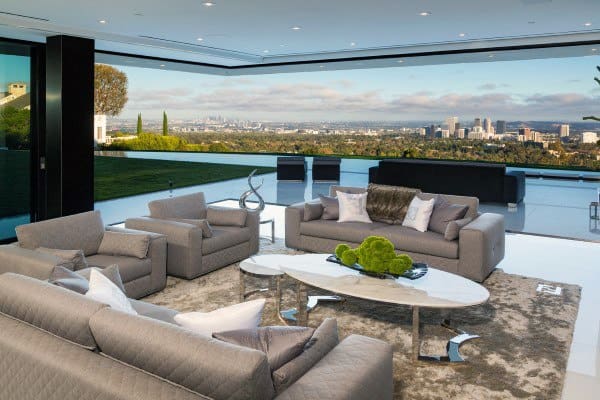
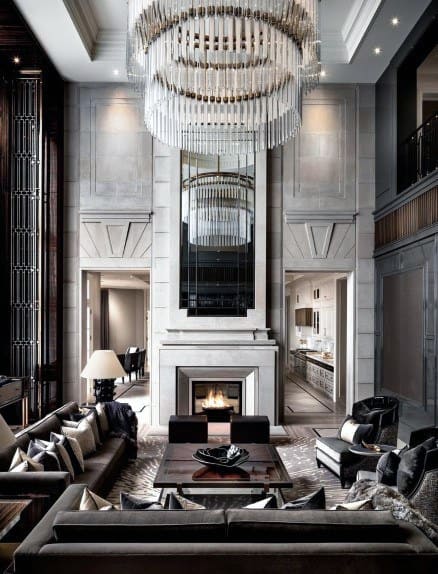
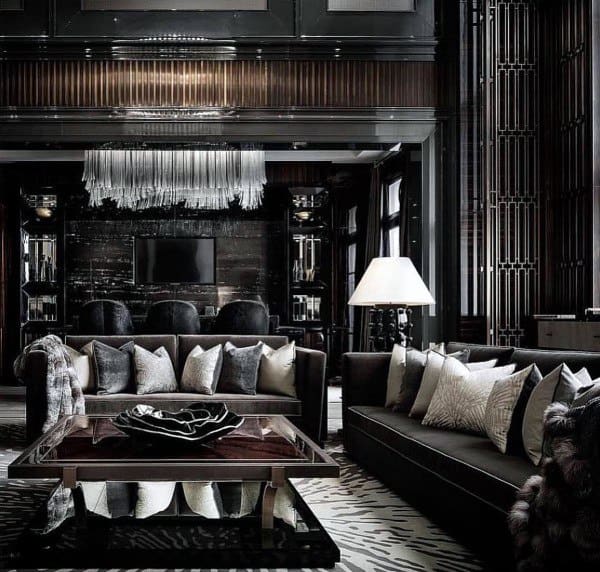
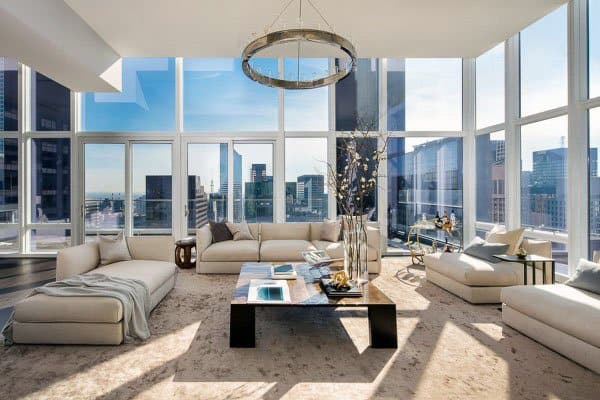
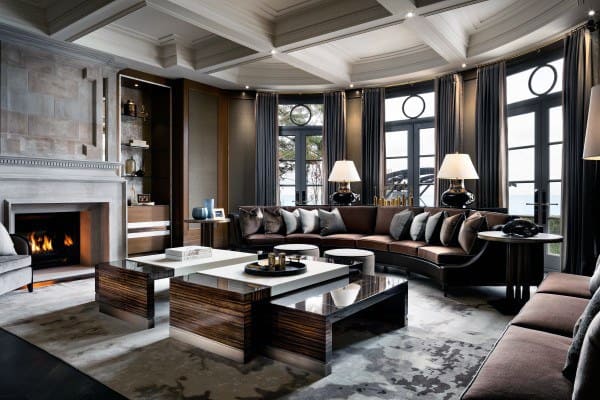
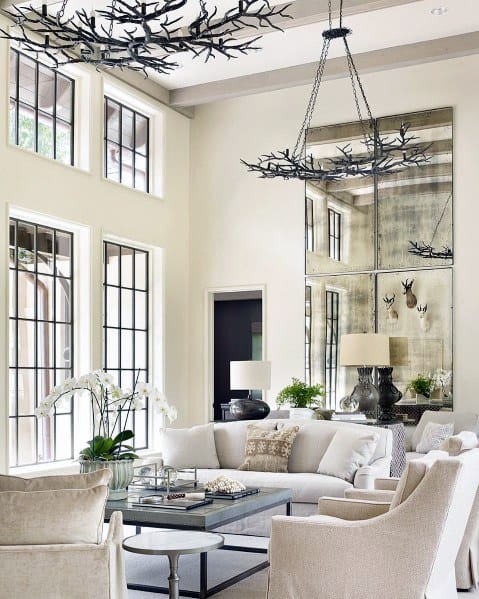
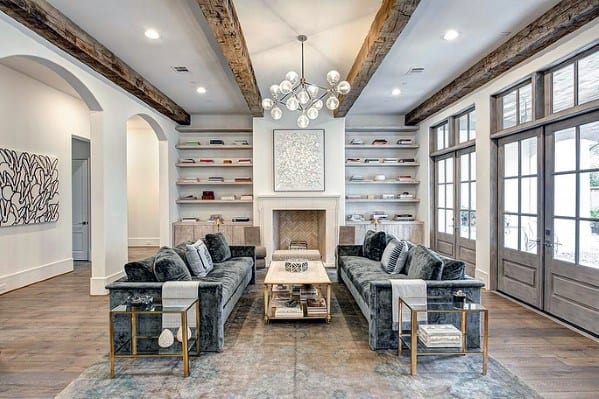
2. Embracing Modernity
Modern decor is well-suited to the formal living room because it is clean, functional, and aesthetically pleasing. Many people associate this trend with all-white furniture and steel fixtures. In reality, it also encompasses more eccentric styles like mid-century modern.
All modern design starts with a neutral base–it’s up to you how much color and texture you add on top. Black and white are especially beloved in modern decor, most notably because of the contrast the two opposing colors create.
Modern living room furniture is angular, with little in the way of ornate decoration. Instead, you’ll find visual intrigue in the form of unique textiles (like velvet), geometric shapes, and brass hardware. Potted plants will soften the space without deviating from the modern style.


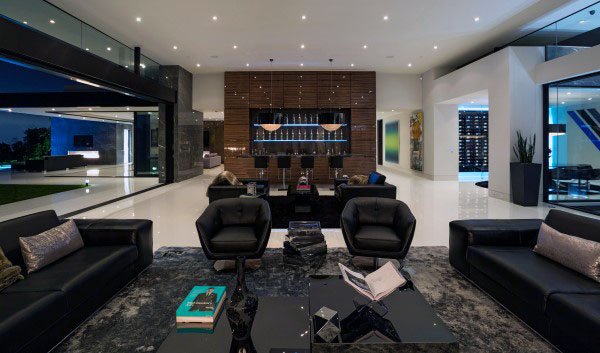

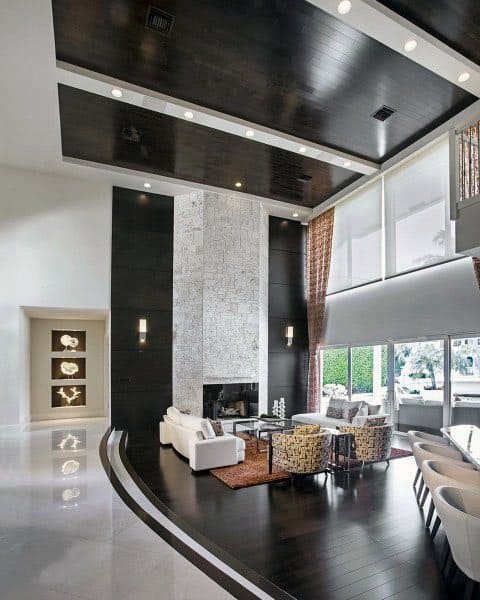
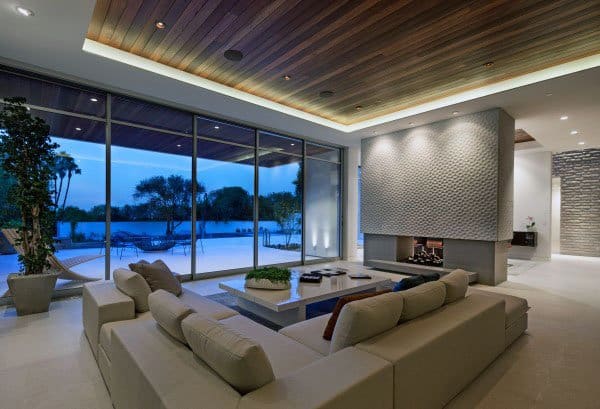
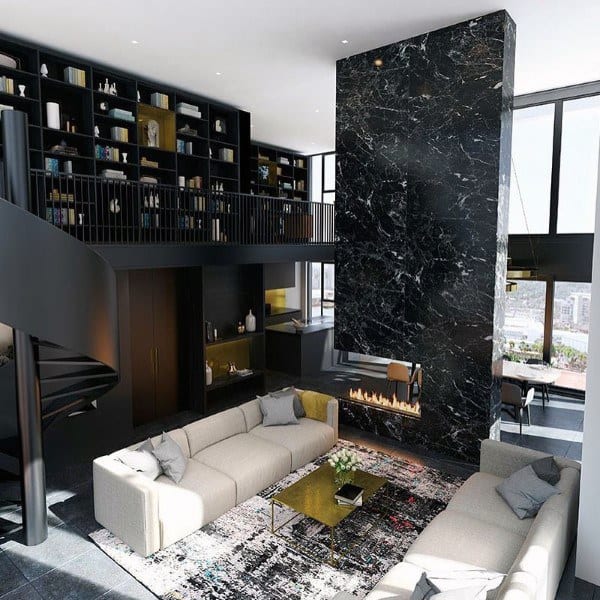
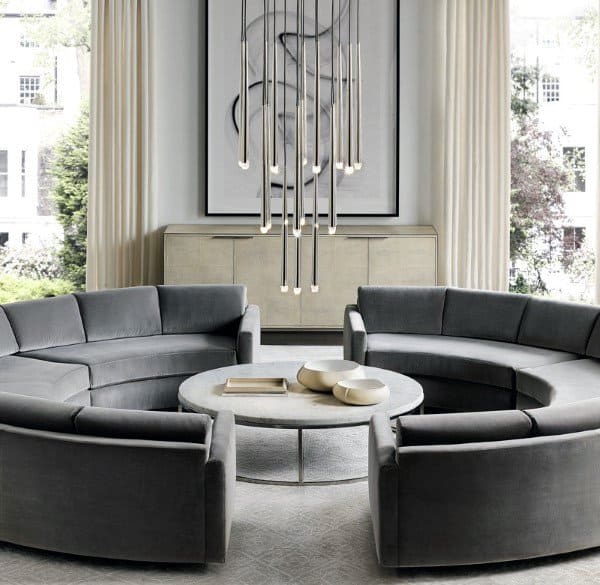
3. The Timeless Allure of White
There’s something incredibly beautiful about an all-white room. This color scheme is light and airy and will make the space feel bigger.
At a minimum, your formal living room should have white sofas and a white or off-white wall color. Throw pillows can be any color or pattern you like. Matching them to your sofa upholstery will make the look even more dramatic.
Dark window treatments, flooring, or accent furniture can intensify these stark white items even further. Natural wood also provides excellent contrast against an all-white background. Lay down a neutral-toned shag area rug for added comfort.
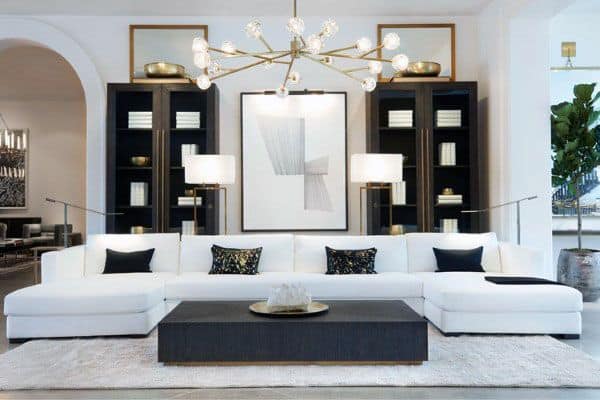
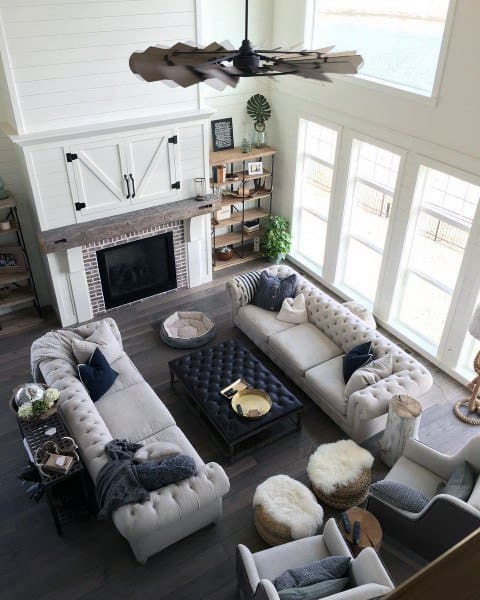
4. Achieving Grandeur
Mile-high ceilings are one of the most sought-after architectural features of any home. Tall ceilings can make any space feel larger and more luxurious, but they also offer a lot of design potential.
High ceilings provide plenty of room for installing a statement chandelier or other light fixtures. In many cases, these fixtures serve as an art piece, conversation starter, and functional lighting all at once.
Light colors will make your ceilings feel even taller. The extra headroom lets you play around with dark colors without feeling claustrophobic. If your formal living room connects with a loft or other upper-story space, be sure to take it into consideration when decorating.


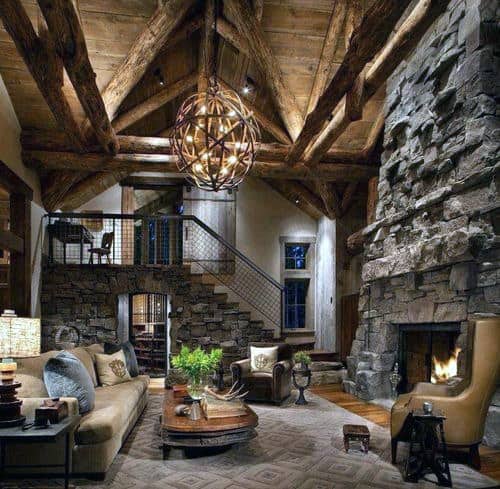
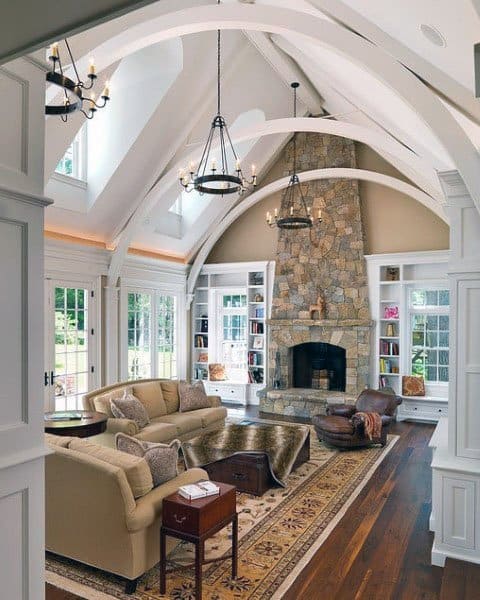
5. Contemporary Flair
Contemporary decor takes inspiration from what is popular right this moment. At the same time, it shirks obvious trends in favor of a more clean-cut aesthetic. This style is very similar to (and often overlaps) modern decor but with less emphasis on pure functionality.
Neutral colors form the basis of most contemporary furniture and decor. Use blacks and whites to create contrast. Your color palette can still include some bright colors, but relegate them to small accent pieces rather than wall paint or large furniture.
In practice, contemporary design is beautiful yet basic. You can blend contemporary elements with trendier styles like rustic or farmhouse. Doing so can result in a more subtle, sophisticated aesthetic–perfect for a space like the formal living room.
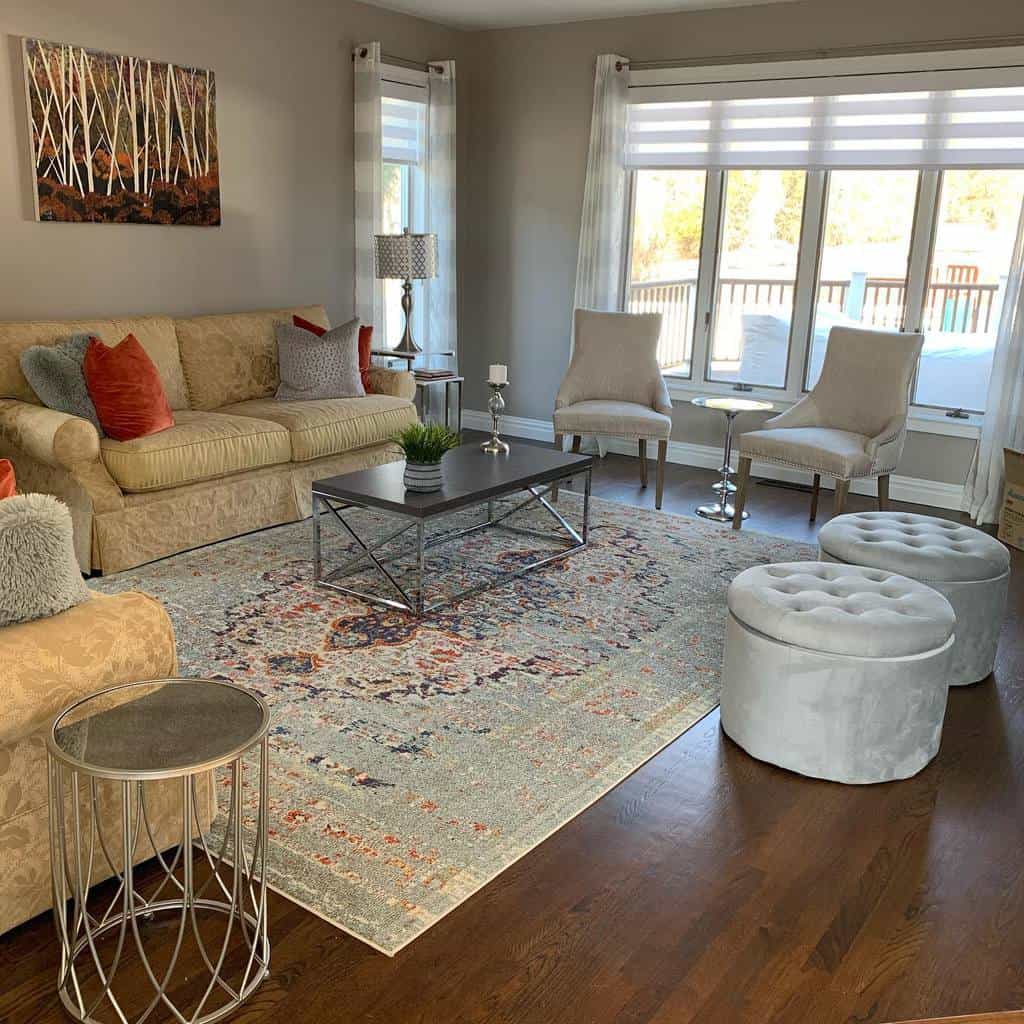
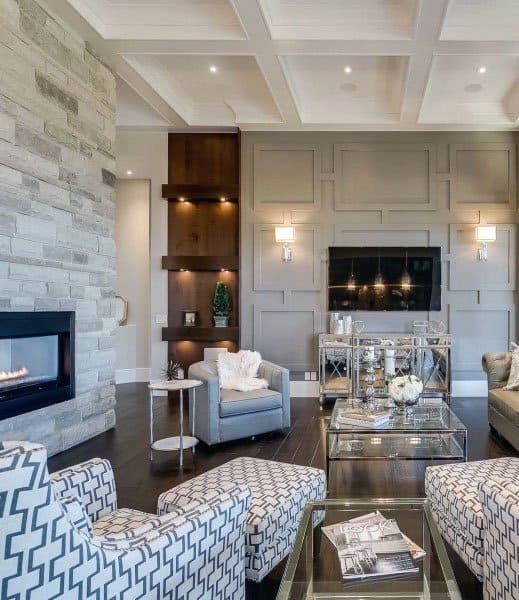

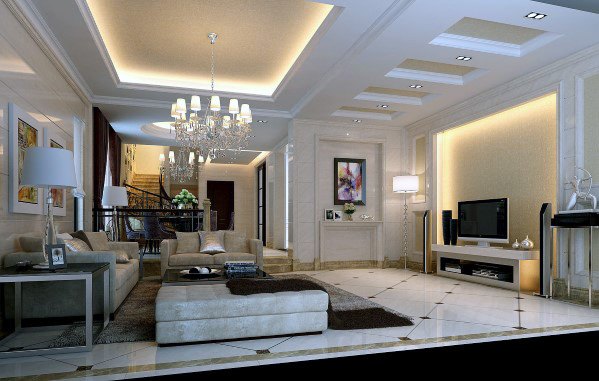
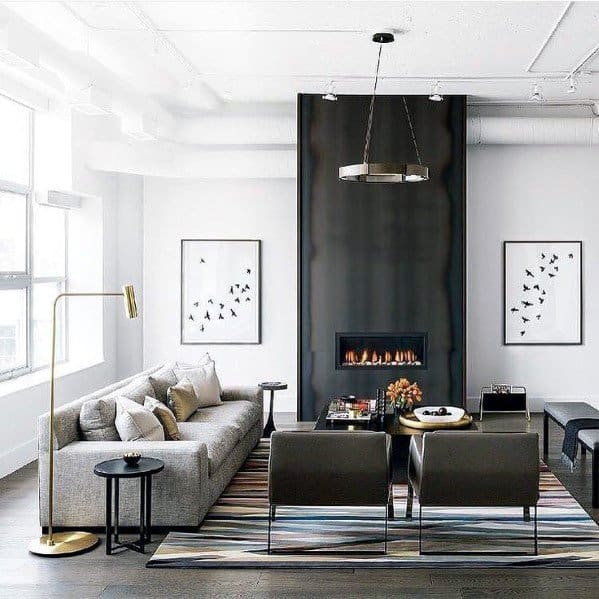
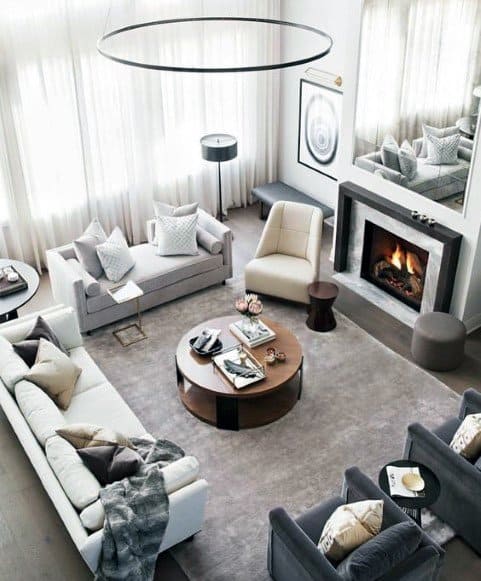
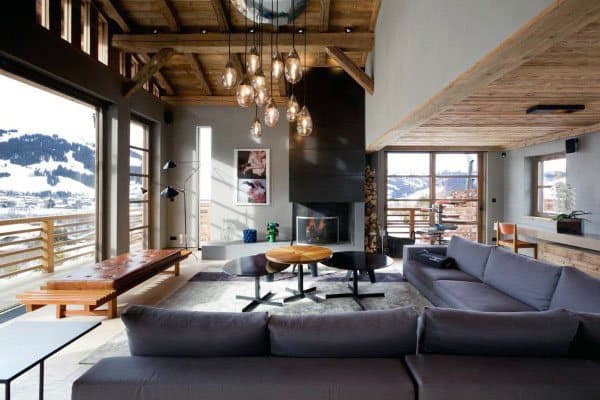
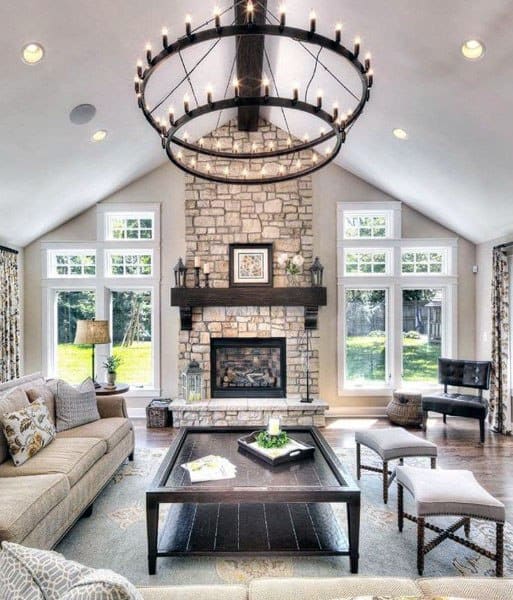
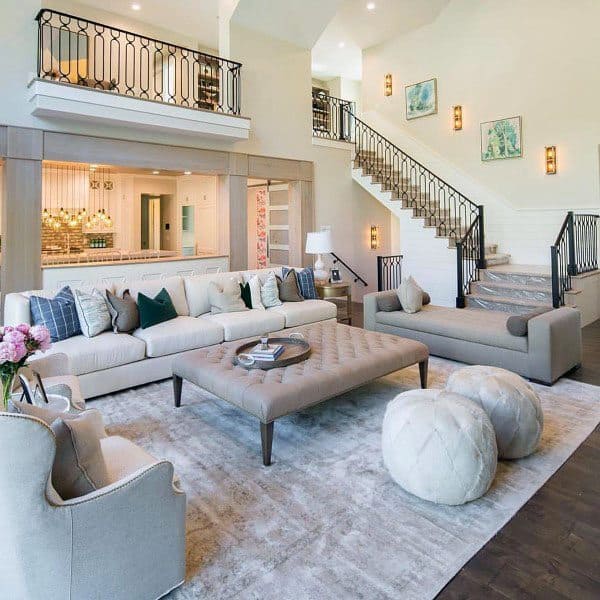
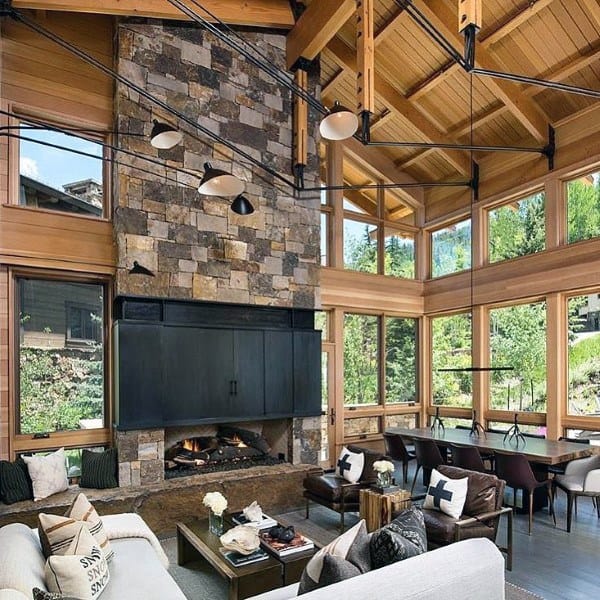
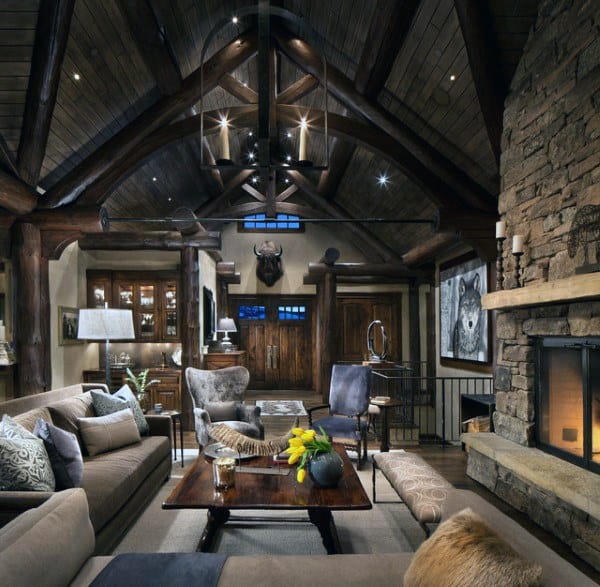
6. Subtle Sophistication
Neutral tones are almost always the best option for a space like the formal living room. Before decorating a room with tones of grey, however, it’s crucial to understand how different shades either complement or clash with each other. Mixing warm and cool-toned greys can make a room look almost garish.
Many greys pair well with browns and blues. If you’re unsure which will match your grey furniture, compare swatches under the room’s lighting. This quick and easy step can help ensure everything in your formal living room coordinates.
To bring some texture into your formal living room, consider using natural grey stone. Marble and granite are two popular examples, but many interior designers also use poured concrete for a more industrial aesthetic. Grey-washed wood is also a great option, especially when it comes to your flooring.
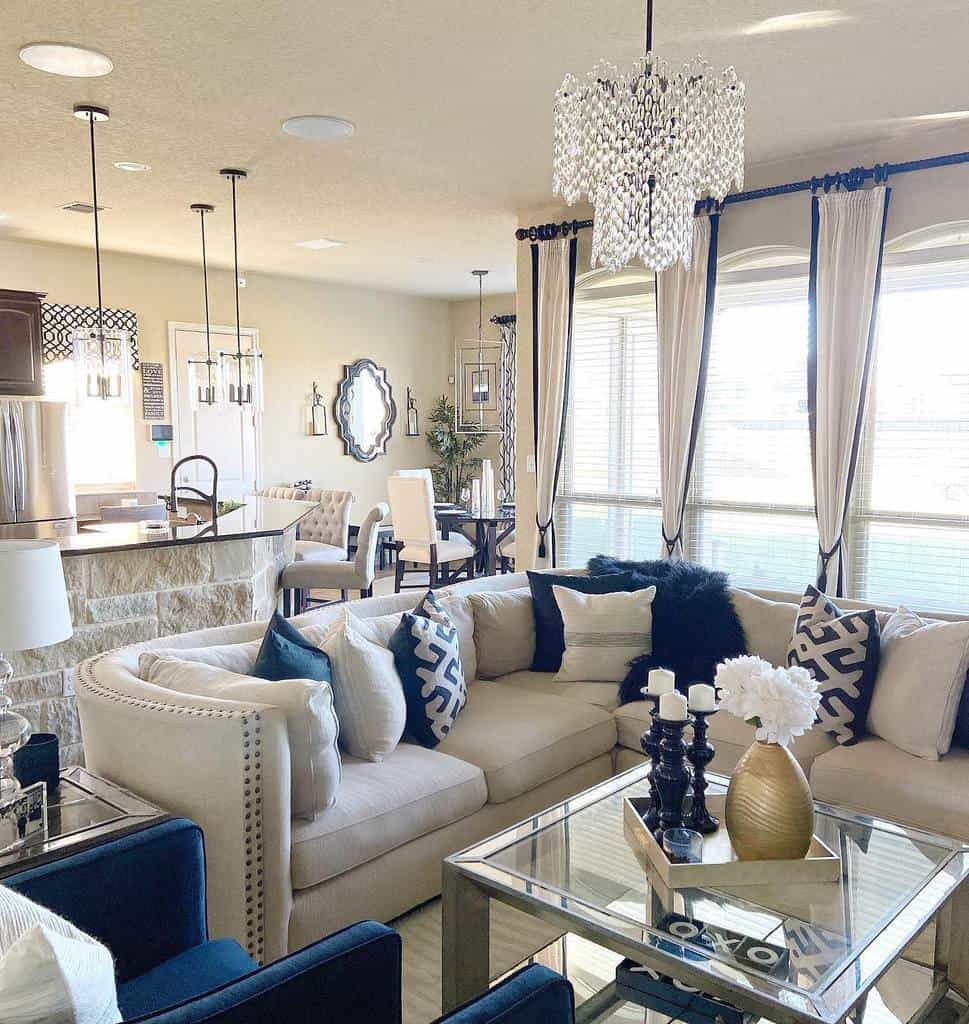
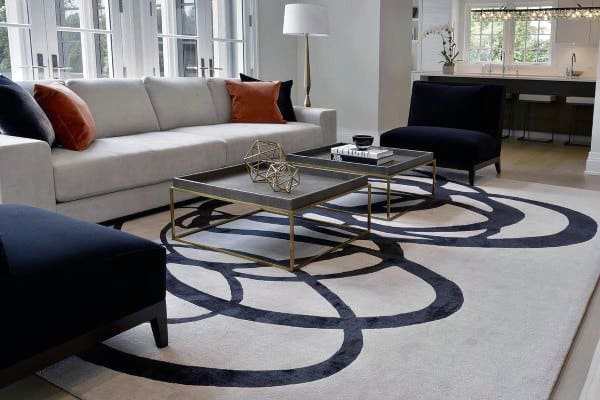
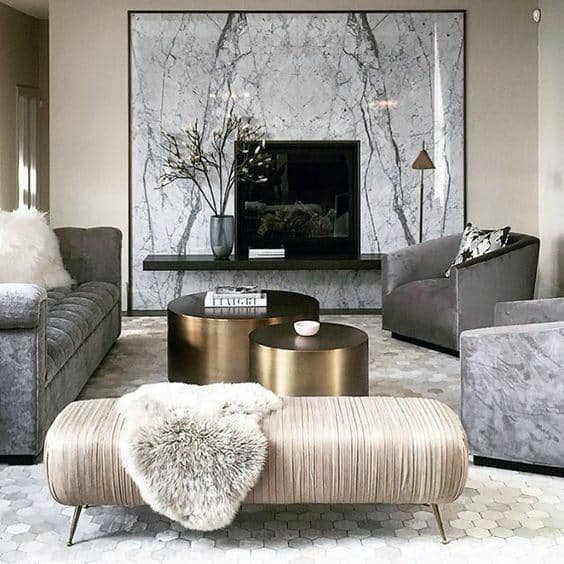
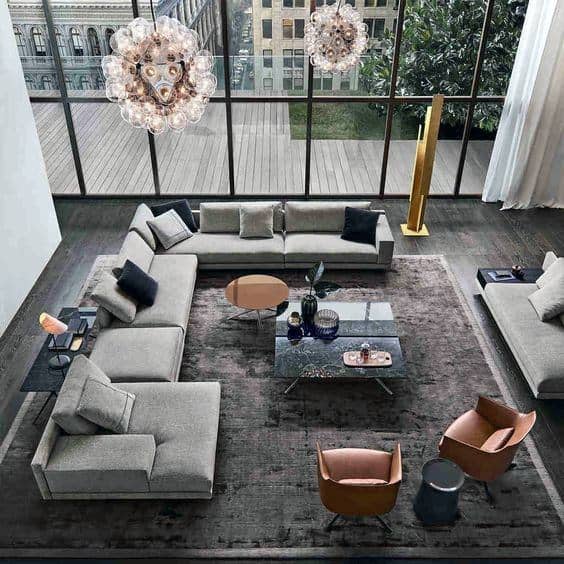
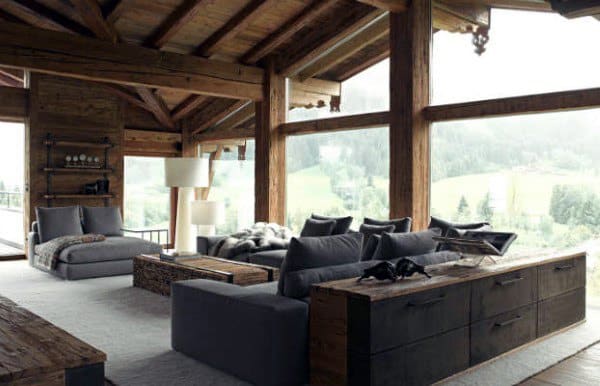
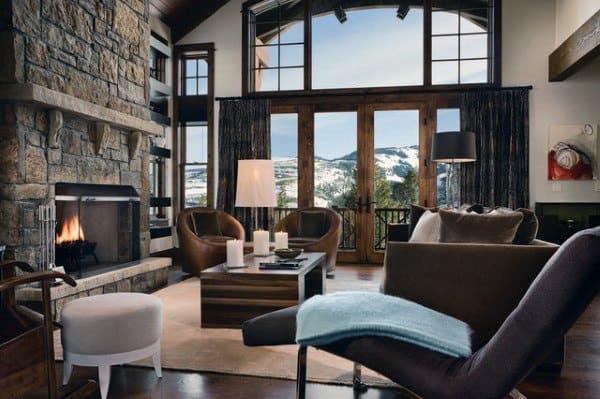
See more about - 79 Living Room Furniture Ideas
7. Indulge in Luxury:
A formal living room has many uses, one of which is entertaining professional associates. If you meet face-to-face with clients in your home–whether that includes a full-scale home office or not–you want your formal living room to reflect your professionalism.
Choose a layout that fosters discussion. Include a variety of sofas and chairs. Placing a large coffee table in the middle of your seating arrangement provides a place to set down drinks or leaf through documents. Line shelves and tables with ornate yet neutral decor. Sculptures, candles, pottery, and framed photos are all options.
Large windows can make a formal living room feel more luxurious but are difficult to add if your home doesn’t already feature them. Tall hanging mirrors are a great alternative that will also make the space feel bigger and brighter. Floor-to-ceiling window treatments can also give the illusion of larger windows.
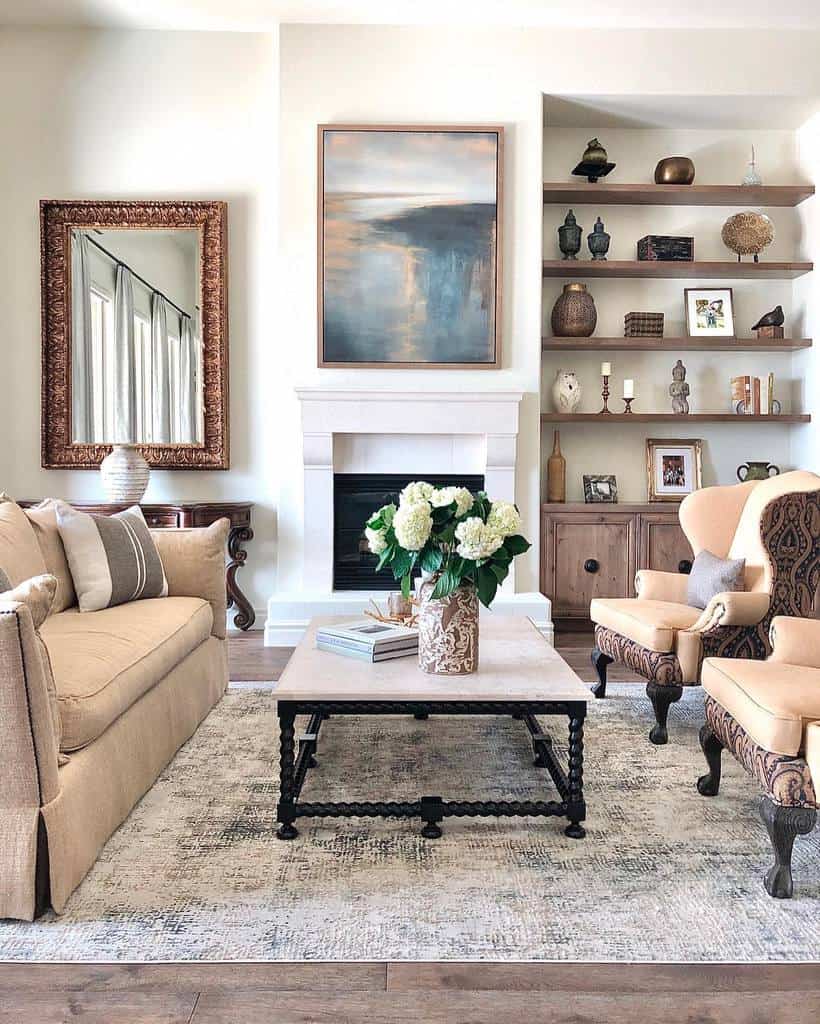
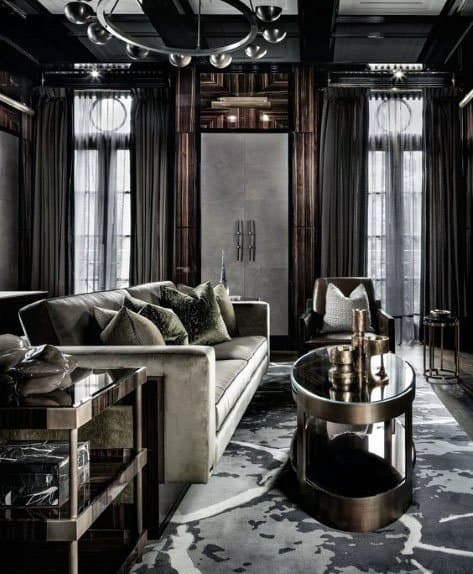
8. A Tribute to Tradition
Classic home decor isn’t reliant on passing trends. It goes hand-in-hand with timelessness. But even classic design has roots. Most classic home decor takes inspiration from old European architecture. The two most popular sources include the Romans and the Greeks.
Your formal living room might already have some classic architecture that you can design the space around. These may include columns, a vaulted ceiling, or recessed walls. Otherwise, a simple element like crown molding can make a significant impact on the final product.
As far as your living room’s decor, opt for a neutral color palette. White walls are practically a must. Choose artwork–preferably sculptures or pottery–to help complete the look.
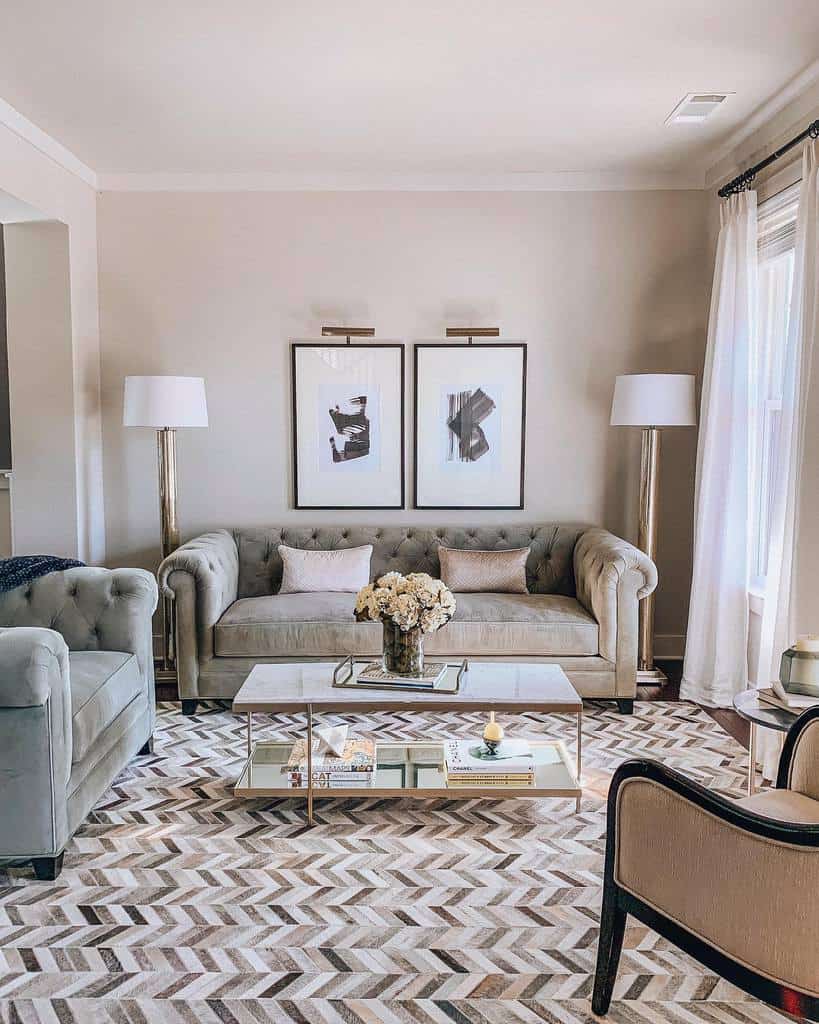
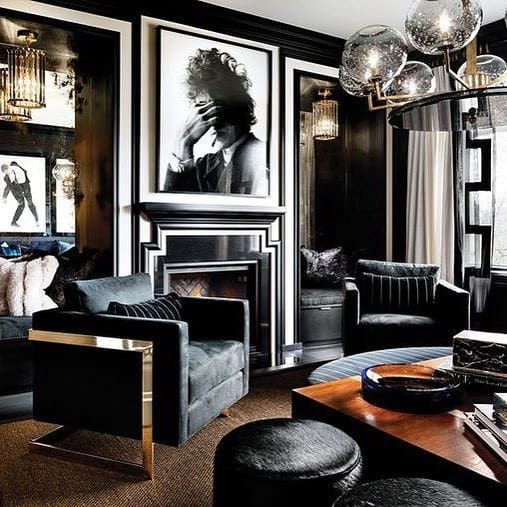

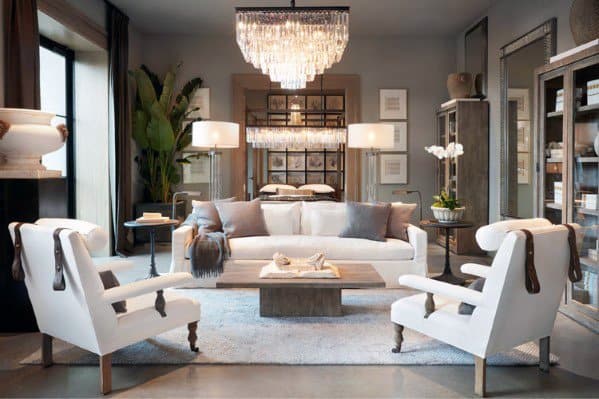
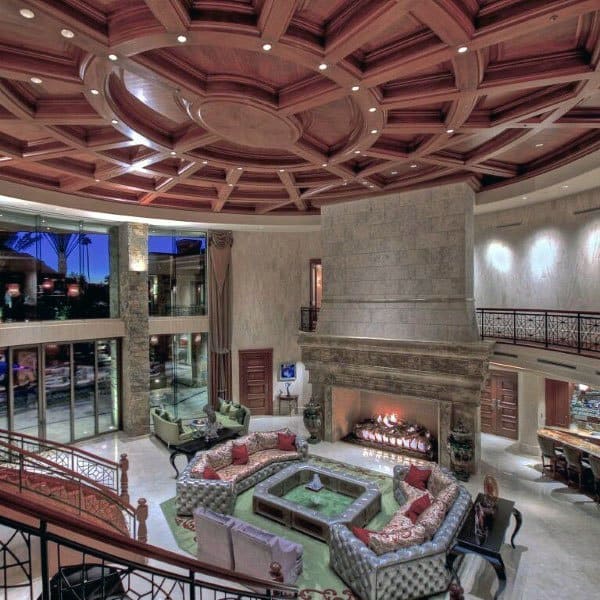
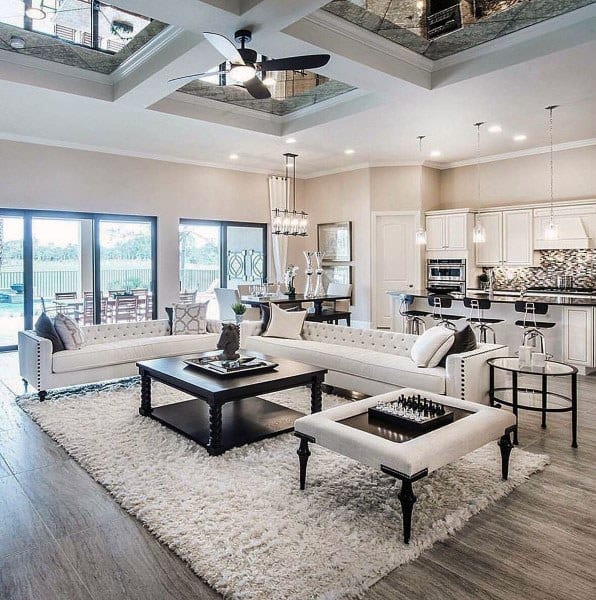
9. Simplicity Refined
Simple interior design does not equal plain or boring. It just means your chosen aesthetic has no need for unnecessary frills. One of the most popular iterations of this trend right now is the simplified rustic style.
Before finalizing your living room furniture or decor, take a look around the space. If the room includes any natural textures like a stone fireplace or exposed wood beams, design the rest of the room around them. If your home doesn’t have these materials already, you may be able to add a wood or brick accent wall.
You don’t need to sacrifice all large decor to have a simple formal living room. Candle chandeliers are a great alternative to more ornate light fixtures. These chandeliers come in all types of styles and finishes, so you can find one to match pretty much any space.
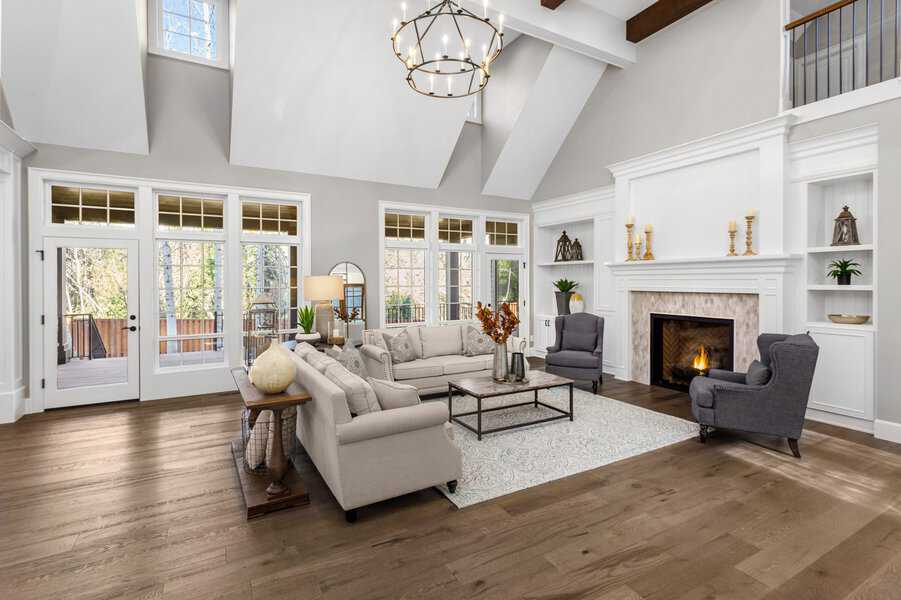
10. Rustic Farmhouse Charm
For farmhouse decor that’s appropriate for a formal living room, look for inspiration at the source. Forgo unnecessary decor, focusing instead on the space’s bare bones. If available, architectural elements like wood beams, large windows, and vaulted ceilings will carry much of the weight.
Textured walls are a staple of farmhouse design, especially when whitewashed. While shiplap is the most obvious choice, straightforward wood panels offer a more modern look. Add a contrasting floor with distressed wood or concrete.
Antiques are commonplace in farmhouse decor but choose these items wisely. Cast-iron fixtures provide a rustic, weather-worn aesthetic without weighing down the space with too much clutter. Or, if possible, install an old barn door at the room’s entrance.
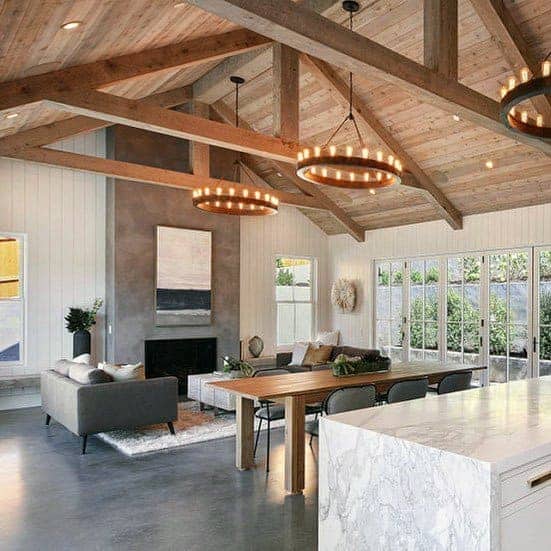

11. Leather Accents
For a living room space that’s welcoming but not too cozy, look no further than leather upholstery. A leather armchair or sectional sofa is the most obvious choice. However, you can find plenty of smaller pieces made of this material.
Leather is, in and of itself, a neutral textile. Use different types of leather throughout your formal living space for a mixed-and-matched look. You can even use things like throw pillows to layer leather on top of leather.
Remember that leather comes in many different shades and finishes. Distressed leather offers a rustic appearance, especially when paired with natural stone or wood grain. On the other hand, glossy leather upholstery pairs well with modern decor.
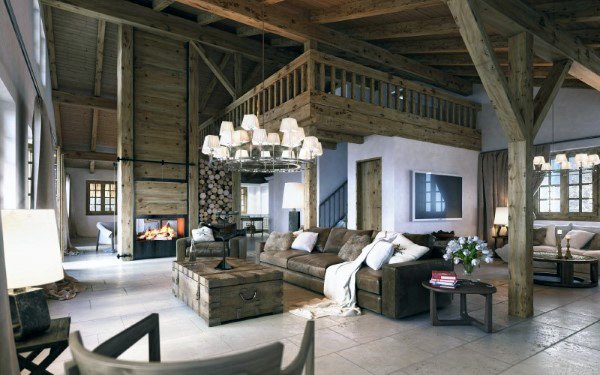
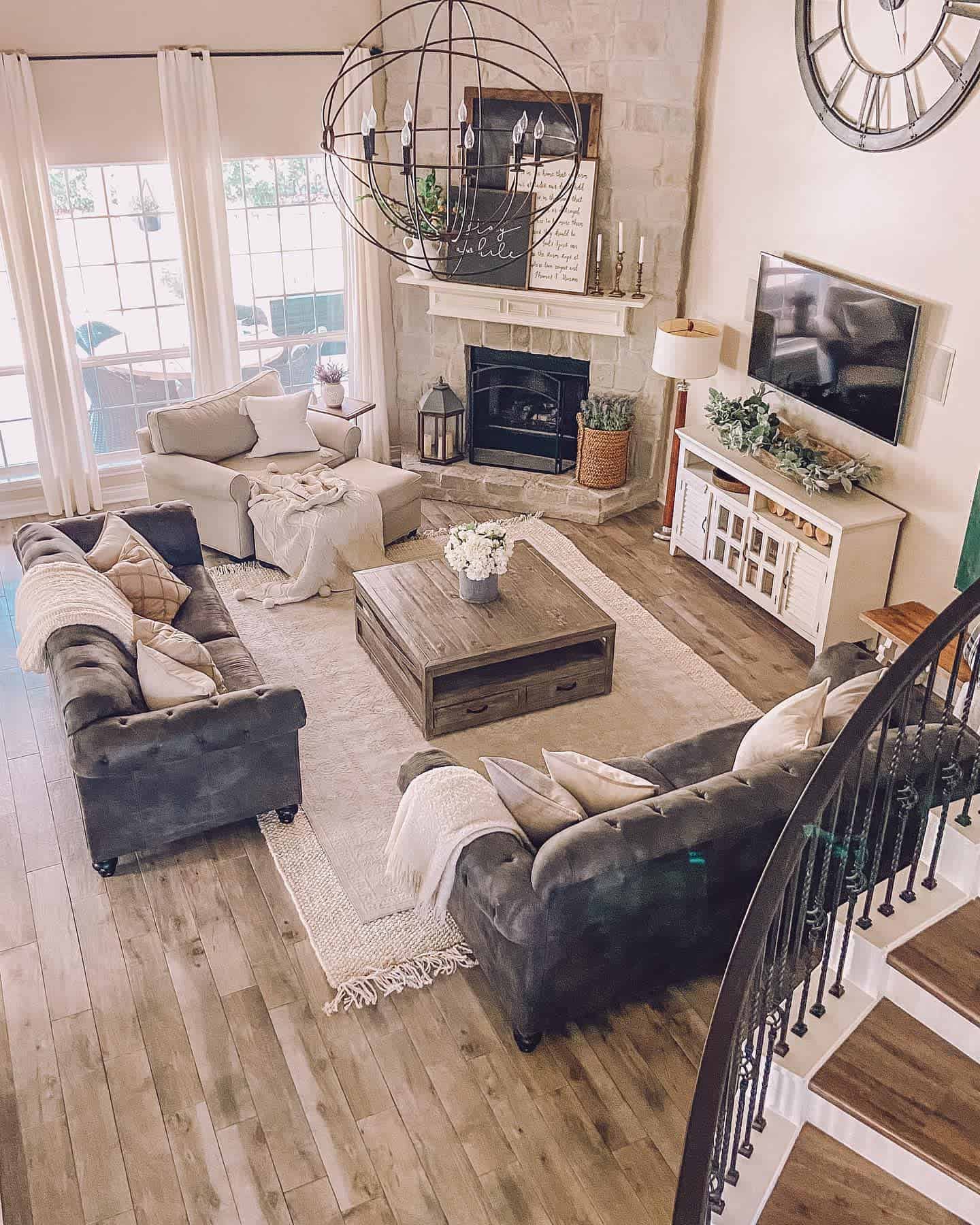
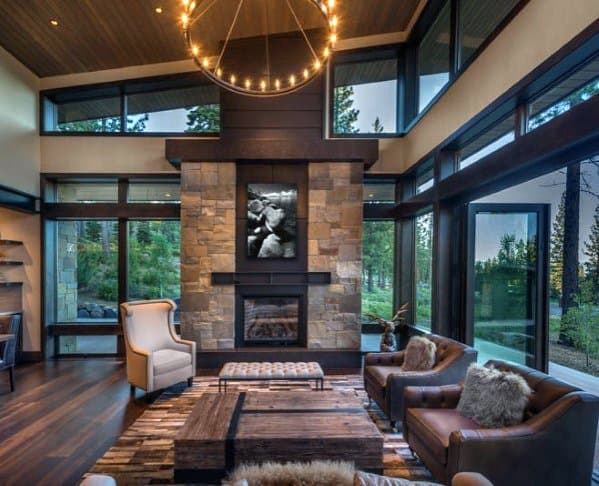

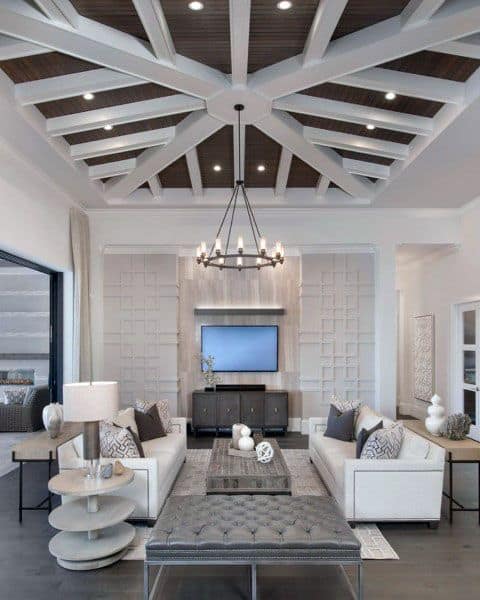
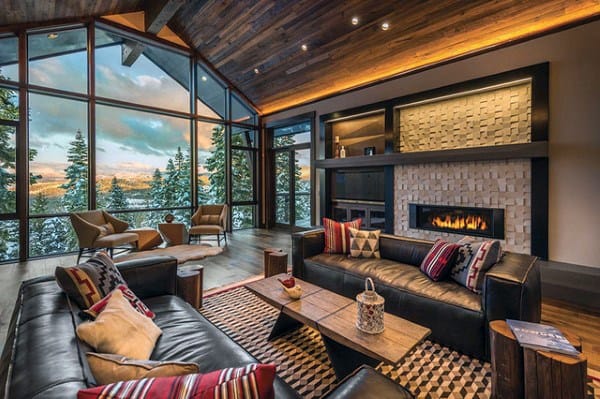
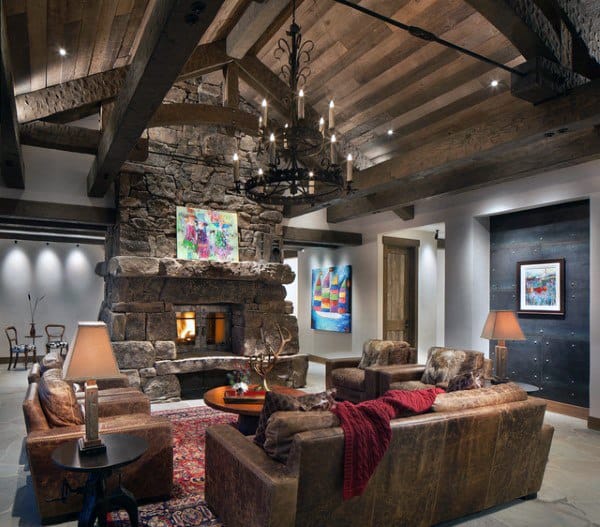
12. Small Spaces, Big Style
Most formal living room design ideas assume that you have an extra-large room at your disposal. In most homes, this is far from the case. Fortunately, furnishing a small living room is easy as long as you take the available space into account.
Prioritize seating before any other furniture or decor. If you don’t have space for two opposing sofas, try using chairs on one side instead. Place a small coffee table or ottoman in the middle.
Place a side table in an otherwise unused corner to display smaller decor. You can also transform one side of the room into a gallery wall for a focal point that doesn’t take up any usable space.
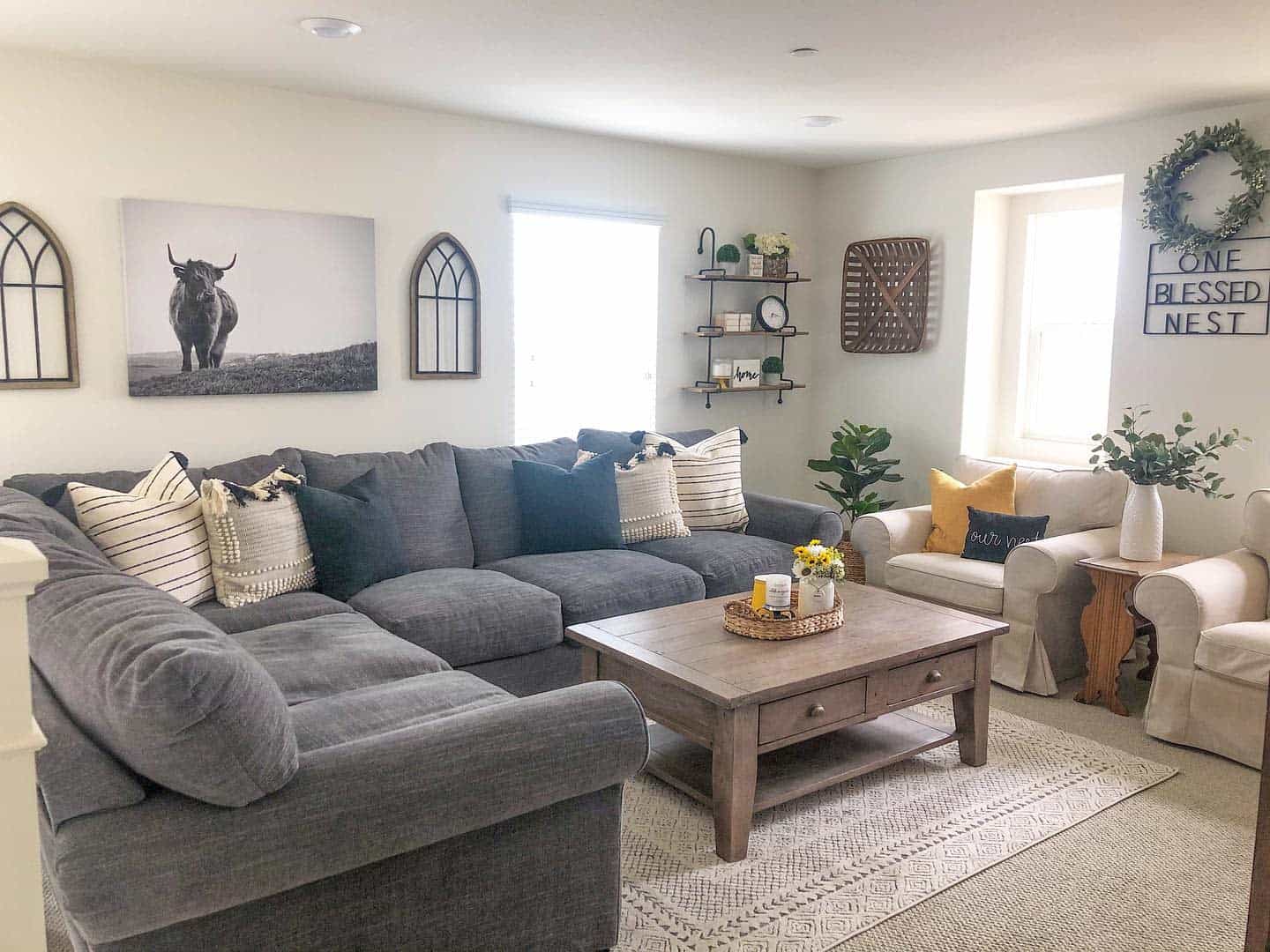


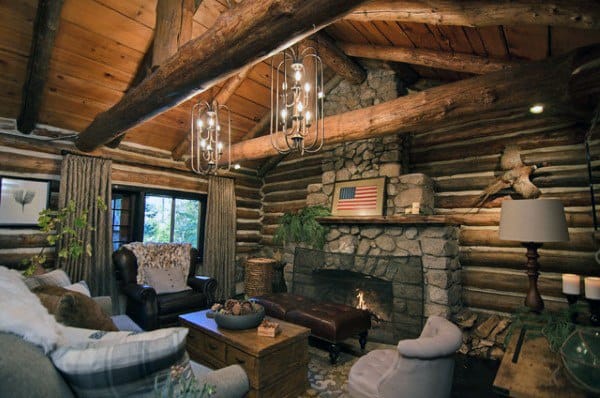
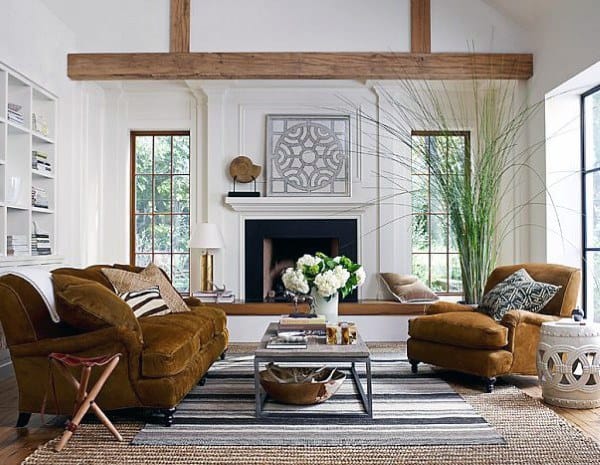
See more about - 70 Minimalist Living Room Ideas
Formal Living Room Ideas FAQs
You might think these terms are interchangeable. However, there’s a distinct difference between a formal living room and a more casual family room.
The former is a space for entertaining guests of all types. Meanwhile, the latter is where household members can go to hang out.
Formal living rooms are designed for active conversation, not for relaxing after a day at work. Furniture pieces like sofas or armchairs are normally facing each other for easy conversation. In contrast, family rooms typically revolve around a television or other entertainment.
Unless you have guests over every night, it might seem like a waste to create a formal living room in your home. Making the space multi-functional can solve this problem.
A formal living room can easily double as a home library, office, or game room. The direction you choose to go all depends on your needs. If you prioritize formality in the space and create room for entertaining, the only limit is your creativity.
A great room is a large space that combines the form and function of both a sitting room and a formal dining room. This type of room is most common in modern homes with an open floor plan.
Decorating a great room is just like decorating a formal living room. You just need to account for a table and dining chairs. Other key features might include a bar, buffet, or cocktail table.



